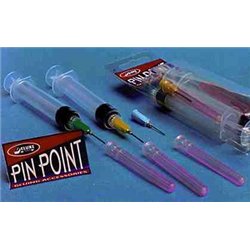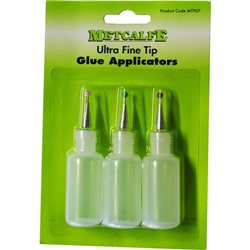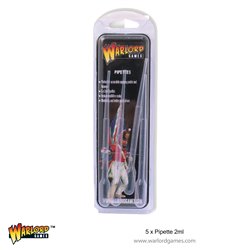Adding real smoke to your model locomotive can significantly enhance its appearance, but is it easy to do?Well, that...
No products
Product successfully added to your shopping cart
There are 0 items in your cart. There is 1 item in your cart.
Search Tips
How can I stop the glue from spilling out from the joints on a plastic model?
The main problem, which we have all been guilty of at one time or another is using too much glue.
The secret is: "you don't need very much glue".
When it comes to applying the glue to the model, try using a cocktail stick/tooth pick or a syringe. Use just a small amount of glue on the tip of a stick and run it along the edge of the seam that is to be glued. Do not take the glue to the very edge that is going to be on show as when the two pieces are joined together the glue will fill up to that edge. This should stop any unsightly glue lines along the seams.
If you still have glue residue leaking from the seam use a warm wet cloth to wipe the glue away while it is still wet.
This technique should work regardless of what glue you are using and what it is you are gluing.
Just remember that when you join two parts together with glue, that the glue has to go somewhere so use sparingly.
Click here to receive the tips weekly in your mailbox. You can unsubscribe at any time.










